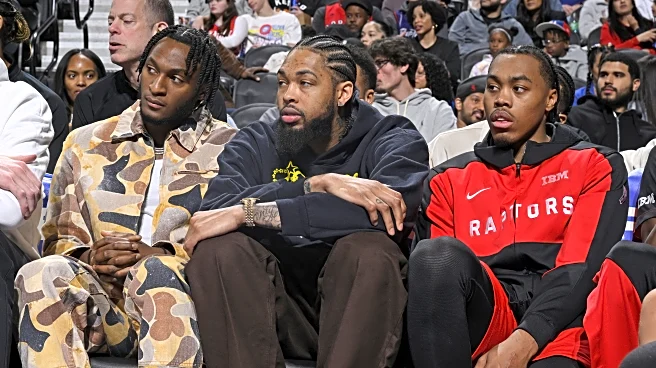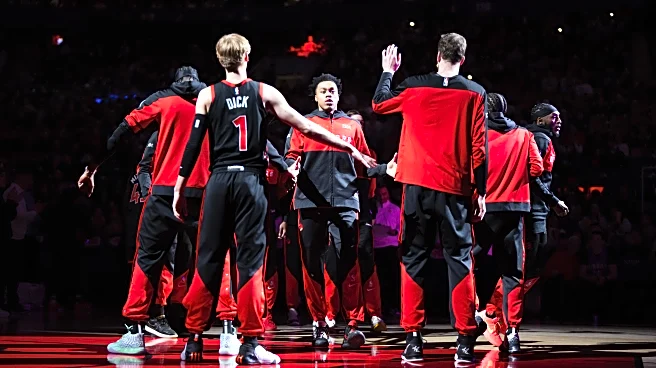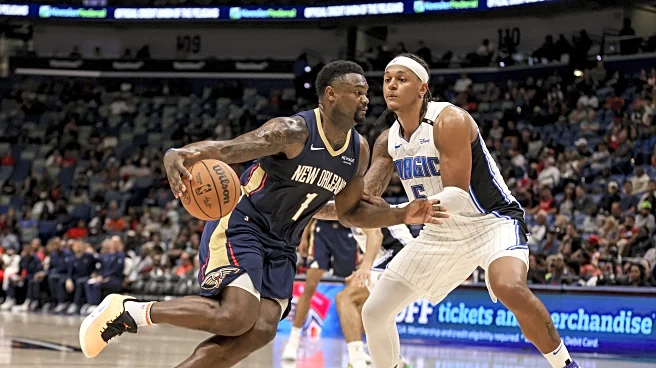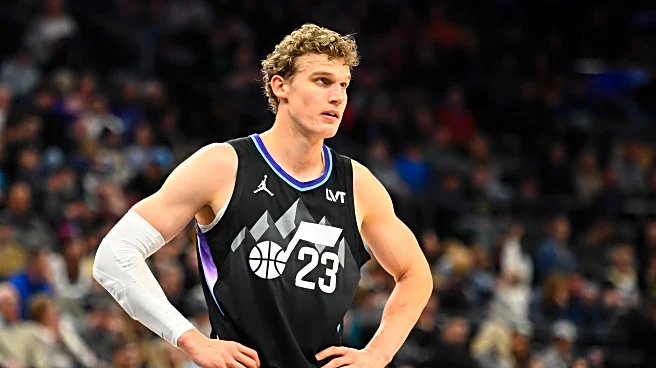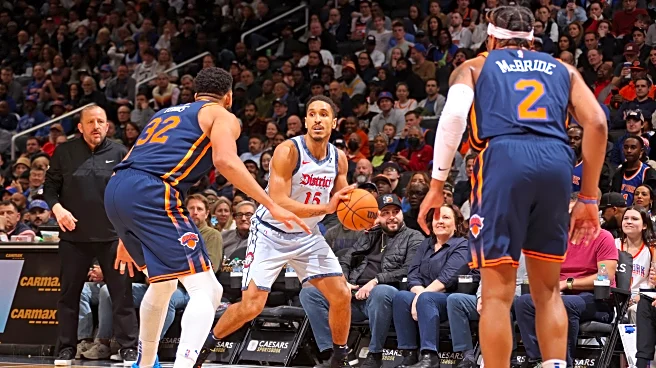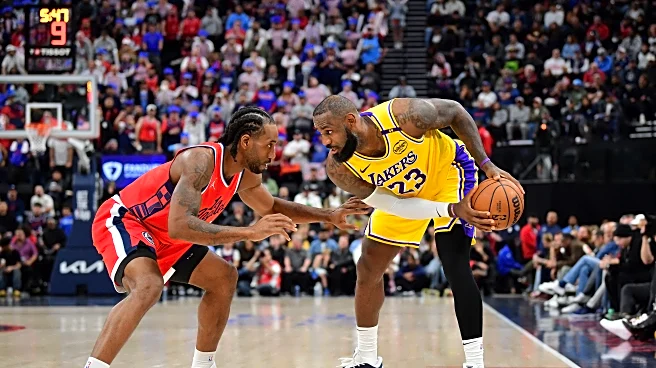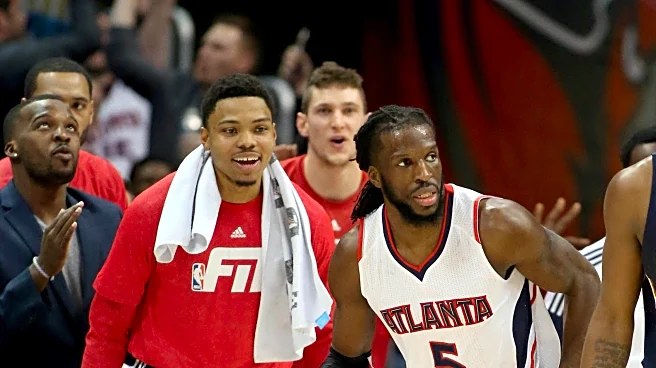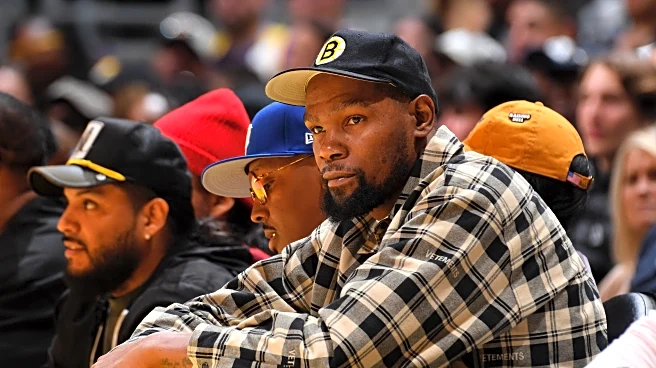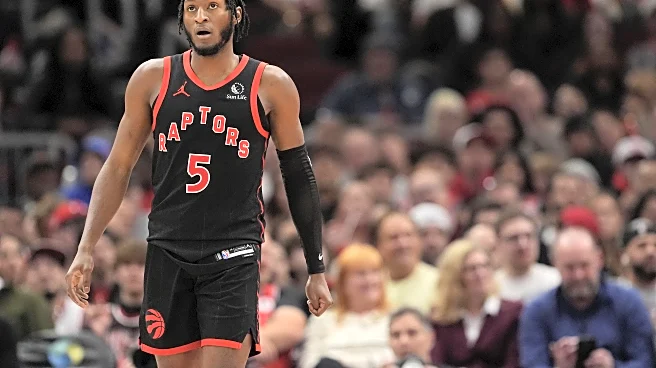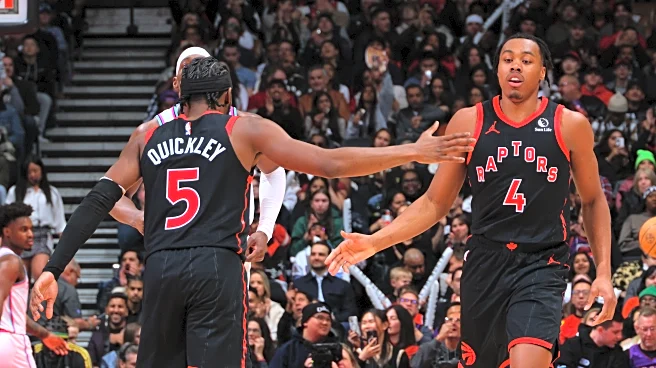The Raptors’ offence in the 2025-26 season will be quite unlike what it looked like last year. At least, one hopes.
The 24-25 campaign was brutal for Toronto, riddled with numerous injuries and failure to reach the postseason condemning the team to mediocrity. One of the worst stains on the team was the state of their offence: 25th in the league in offensive rating, boasting only one player who scored more than 21 points, and nobody on the team dishing out more than 6 assists per game. Despite memories
of that 30-52 record fresh in their minds, Raptors fans can be cautiously optimistic about the state of next season’s team from an offensive standpoint. 2025-26 could herald in the beginning of a new era for Raptors offence, and while the team is unlikely to break out this season, this season should be a step in the right direction towards playoff success.
The biggest change
What will characterize the new Raptors’ offence moreso than anything else is the presence of Brandon Ingram. The small forward is a reliable scorer at moderate volume, but serves as an upgrade for Toronto’s particularly low-scoring team last year. Slotting into the 3, Ingram’s insertion into the lineup could move RJ Barrett to his natural position of shooting guard, and return Gradey Dick to the bench, deepening the Raptors’ lineup considerably.
Ingram brings a lot to the Raptors that they have lacked in the post-Siakam era, notably the aforementioned scoring punch, and reliability from the three-point line at high volume. With franchise player Scottie Barnes’ role as a do-it-all point-forward, it would make sense for Ingram to embrace the position of being the number one scoring option to compliment his teammate’s broad skillset.
Embracing Ingram as a number one scoring option has its risks, however. While Ingram is the most pedigreed scorer on the Raptors, he has historically never cracked 25 points per game, only reaching 24.7 as a Pelican during a year that his co-star Zion Williamson was sidelined. The presence of other competent scorers in the form of Barrett and Barnes does not leave him a similar offensive void to fill here in Toronto, unless there is to be another rash of injuries. On a healthy Raptors team, Ingram will be sharing the ball with co-stars who are used to being major parts of the offence. Barring a meaningful leap in production, it appears likely that Brandon Ingram will simply be one more part of Raptors’ scoring chorus, albeit its loudest member.
The cornerstones
The Raptors are entering this season with most of the same pieces from last year. For these returning players, their best ability this season will be their availability. With much of the starting lineup missing substantial time last year, the sample size to gauge team chemistry and success will be expanded this year.
Immanuel Quickley in particular will be one of the Raptors’ biggest assets. Toronto’s starting point guard only played 33 games last year, but in doing so, characterized himself as their most reliable shooter from range, as well as a primary facilitator alongside Scottie Barnes. Quickley was one of two starters to average more than two made threes per game last year, which speaks to his indispensable nature as a part of the lineup. The Raptors’ bench has distinguished itself with accurate shooting throughout the last season compared to the starting lineup. The efforts of Ochai Agbaji and sophomore Jamison Battle are notable, boasting two of the highest three-point shooting percentages on the Raptors.
What Scottie Barnes does in year five will further define the offence in large part. Barnes, despite being the current face of the Raptors, has an uncertain path forward. He can score, rebound, and dish out assists, but has not distinguished himself as a premier scorer or defender in the league. Scottie’s development as a player must be scrutinized as he approaches his mid-twenties, with hopes of his return to All-Star form, and of an improvement upon last year’s three point shooting performance.
An alternate path forward
There exists an unlikely, but possible, potential lineup for the Raptors going into next season that would significantly change Toronto’s offensive identity. This would come as a result of keeping Gradey Dick as the starting shooting guard, and moving RJ Barrett to the bench.
This could change a few things for the Raptors. It would allow Dick to continue developing at an accelerated pace due to additional responsibility, and makes the Raptors more dangerous from long range at 1-3, potentially improving spacing for Scottie Barnes and Jakob Poeltl to operate closer to the basket. Barrett’s volume off the bench could be invaluable to the team, while removing the glaring weakness of a primary scoring option who was 21st out of 23 Raptors in free-throw percentage, at 63% from the line. As a Knick, where Barrett was a starter, he had gone on record as saying that he would not be opposed to coming off the bench were it to mean greater team success. And for the Raptors, experimenting with such a thing is worthy of an attempt, as the Raptors constitute a new identity.
This change is unlikely, however. Barrett led his team in points last year, and served as the number one option with Scottie Barnes out. He is also set to make more than $27,000,000 next season: starter money that I cannot imagine the front office condoning the use of on a sixth man.
Going into 25-26, the Raptors offence is set to improve dramatically with the increased presence of key players like Immanuel Quickley, and the addition of who is likely to be the team’s primary scorer in Brandon Ingram. Rather than revolving around a single star, the Raptors will likely continue sharing the offensive responsibility, as well as the limelight, until there emerges a player with the All-Star, All-NBA calibre talent that is necessary to lift the team into the top of the standings once again.
